EU declaration conformity
TVOC sensor | wall mounting | LED indicators | 24 V DC - PoM
Product description
This sensor measures temperature, humidity, TVOC, and ambient light, and is used in commercial and residential HVAC applications.
Documents
Additional specifications and description
What are TVOCs and Why is Their Measurement Important for Indoor Air Quality?
TVOC stands for Total Volatile Organic Compounds. These are chemicals that can easily turn into gases and are often found in everyday items like cleaning products, paints, varnishes, and even some building materials and furniture. They are also produced by humans and animals. The most common compounds are benzene, ethylene glycol, formaldehyde, methylene chloride, tetrachloroethylene, toluene, xylene, and 1,3-butadiene.
Measuring TVOC levels is important because some VOCs can be harmful to our health, especially when they accumulate indoors. Breathing in high levels of certain VOCs over a long time can lead to health issues like headaches, dizziness, irritation of the eyes, nose, and throat, and in some cases, they might even cause more serious health problems. By measuring TVOC levels, we can keep track of how much of these chemicals are present in the air inside our homes or workplaces. Monitoring and controlling these levels help us ensure healthier indoor air quality and reduce potential health risks associated with exposure to VOCs.
How Do the LED Indicators Report TVOC Levels, and What Data Does the Sensor Provide?
This HVAC transmitter offers a clear, visual indication of the TVOC level via the green, yellow and red LED. The green LED indicates that the TVOC level is within range and that there is sufficient ventilation. When the TVOC level enters the alert range, the yellow LED lights up. Red means that the TVOC level is out of range or that there is insufficient ventilation. The measured temperature, relative humidity and TVOC level are available via the three analogue outputs and via Modbus RTU. Ambient light level and calculated dew point temperature is available via Modbus RTU.
How Do the Sensor's Analog Outputs Function and What Values Do They Transmit?
This sensor has three analogue outputs. Each of them transmits one of the measured values. E.g. by default, output 1 will transmit 0 Volt at 0 °C and 10 Volt at 50 °C. Each output value varies proportionally in function of the measured temperature, humidity or TVOC concentration. The measured temperature is available via output 1, relative humidity via output 2 and TVOC concentration via output 3. By default the output type is 0-10 Volt but other output types can be selected via de Modbus holding registers.
What are the Sensor's Configuration and Customization Options?
 This sensor requires very little configuration. It is almost directly usable once it has been installed. Temperature and relative humidity are often region- and seasonal-specific. The presence of VOCs depends on the specific sources and activities taking place in a particular environment. These parameters are still adjusted to the correct values during installation. The other default settings will be suitable for most applications. However, they can also be adjusted via the respective Modbus registers if necessary. A different output type, for example, can be selected to make it compatible with other devices: 0-10 V DC; 0-20 mA; 0-100% PWM; Modbus RTU. Also the light levels of the LEDs used for status indication are adjustable. The Modbus register map provides an exhaustive list of all programmable settings
This sensor requires very little configuration. It is almost directly usable once it has been installed. Temperature and relative humidity are often region- and seasonal-specific. The presence of VOCs depends on the specific sources and activities taking place in a particular environment. These parameters are still adjusted to the correct values during installation. The other default settings will be suitable for most applications. However, they can also be adjusted via the respective Modbus registers if necessary. A different output type, for example, can be selected to make it compatible with other devices: 0-10 V DC; 0-20 mA; 0-100% PWM; Modbus RTU. Also the light levels of the LEDs used for status indication are adjustable. The Modbus register map provides an exhaustive list of all programmable settings
TVOC stands for Total Volatile Organic Compounds. These are chemicals that can easily turn into gases and are often found in everyday items like cleaning products, paints, varnishes, and even some building materials and furniture. They are also produced by humans and animals. The most common compounds are benzene, ethylene glycol, formaldehyde, methylene chloride, tetrachloroethylene, toluene, xylene, and 1,3-butadiene.
Measuring TVOC levels is important because some VOCs can be harmful to our health, especially when they accumulate indoors. Breathing in high levels of certain VOCs over a long time can lead to health issues like headaches, dizziness, irritation of the eyes, nose, and throat, and in some cases, they might even cause more serious health problems. By measuring TVOC levels, we can keep track of how much of these chemicals are present in the air inside our homes or workplaces. Monitoring and controlling these levels help us ensure healthier indoor air quality and reduce potential health risks associated with exposure to VOCs.
How Do the LED Indicators Report TVOC Levels, and What Data Does the Sensor Provide?
This HVAC transmitter offers a clear, visual indication of the TVOC level via the green, yellow and red LED. The green LED indicates that the TVOC level is within range and that there is sufficient ventilation. When the TVOC level enters the alert range, the yellow LED lights up. Red means that the TVOC level is out of range or that there is insufficient ventilation. The measured temperature, relative humidity and TVOC level are available via the three analogue outputs and via Modbus RTU. Ambient light level and calculated dew point temperature is available via Modbus RTU.
How Do the Sensor's Analog Outputs Function and What Values Do They Transmit?
This sensor has three analogue outputs. Each of them transmits one of the measured values. E.g. by default, output 1 will transmit 0 Volt at 0 °C and 10 Volt at 50 °C. Each output value varies proportionally in function of the measured temperature, humidity or TVOC concentration. The measured temperature is available via output 1, relative humidity via output 2 and TVOC concentration via output 3. By default the output type is 0-10 Volt but other output types can be selected via de Modbus holding registers.
What are the Sensor's Configuration and Customization Options?
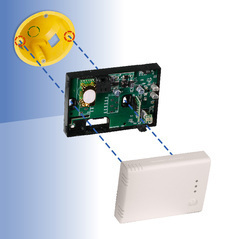 This sensor requires very little configuration. It is almost directly usable once it has been installed. Temperature and relative humidity are often region- and seasonal-specific. The presence of VOCs depends on the specific sources and activities taking place in a particular environment. These parameters are still adjusted to the correct values during installation. The other default settings will be suitable for most applications. However, they can also be adjusted via the respective Modbus registers if necessary. A different output type, for example, can be selected to make it compatible with other devices: 0-10 V DC; 0-20 mA; 0-100% PWM; Modbus RTU. Also the light levels of the LEDs used for status indication are adjustable. The Modbus register map provides an exhaustive list of all programmable settings
This sensor requires very little configuration. It is almost directly usable once it has been installed. Temperature and relative humidity are often region- and seasonal-specific. The presence of VOCs depends on the specific sources and activities taking place in a particular environment. These parameters are still adjusted to the correct values during installation. The other default settings will be suitable for most applications. However, they can also be adjusted via the respective Modbus registers if necessary. A different output type, for example, can be selected to make it compatible with other devices: 0-10 V DC; 0-20 mA; 0-100% PWM; Modbus RTU. Also the light levels of the LEDs used for status indication are adjustable. The Modbus register map provides an exhaustive list of all programmable settingsWhat are the Sensor's Connectivity and Power Supply Options?
This sensor offers you the choice to connect it via the cage clamp terminal blocks or via the RJ45 connector. Supply voltage and Modbus RTU communication can be connected via the RJ45 connector. Via the terminal blocks it is possible to connect the outputs, Modbus RTU communication and the supply voltage. Never connect the supply voltage via the RJ45 connector and the terminal blocks simultaneously. The supply voltage is 24 V DC. The ground terminals of the power supply (V-) and output (GND) are internally not connected. This means that a 4-wire cable is required to connect this sensor. Most 24 V DC power supplies offer protection against short circuit, overload and overvoltage. A 24 V DC supply voltage increases the safety and reliability of your installation.
This sensor offers you the choice to connect it via the cage clamp terminal blocks or via the RJ45 connector. Supply voltage and Modbus RTU communication can be connected via the RJ45 connector. Via the terminal blocks it is possible to connect the outputs, Modbus RTU communication and the supply voltage. Never connect the supply voltage via the RJ45 connector and the terminal blocks simultaneously. The supply voltage is 24 V DC. The ground terminals of the power supply (V-) and output (GND) are internally not connected. This means that a 4-wire cable is required to connect this sensor. Most 24 V DC power supplies offer protection against short circuit, overload and overvoltage. A 24 V DC supply voltage increases the safety and reliability of your installation.
How is the Sensor Mounted Indoors?
This sensor can be installed indoors on a wall or on a surface. The mounting holes are adapted to standard European wall mounting boxes. The sensor can be attached to the wall mounting box with two screws. The sensor enclosure will cover the entire wall mounting box. To ensure optimal performance, the sensor should be protected from direct sunlight.
What are the Sensor's Manufacturing Quality, Maintenance, and Protection Features?
Each sensor is calibrated and tested in our factory. In the unlikely event of TVOC sensor element failure, this module can be replaced. We use sensor elements and components of high quality. This ensures the long-term stability and accuracy of this HVAC transmitter. The enclosure offers an IP30 protection against ingress of dust and moisture.
∞ Monitoring air quality
This sensor can be installed indoors on a wall or on a surface. The mounting holes are adapted to standard European wall mounting boxes. The sensor can be attached to the wall mounting box with two screws. The sensor enclosure will cover the entire wall mounting box. To ensure optimal performance, the sensor should be protected from direct sunlight.
What are the Sensor's Manufacturing Quality, Maintenance, and Protection Features?
Each sensor is calibrated and tested in our factory. In the unlikely event of TVOC sensor element failure, this module can be replaced. We use sensor elements and components of high quality. This ensures the long-term stability and accuracy of this HVAC transmitter. The enclosure offers an IP30 protection against ingress of dust and moisture.
∞ Monitoring air quality

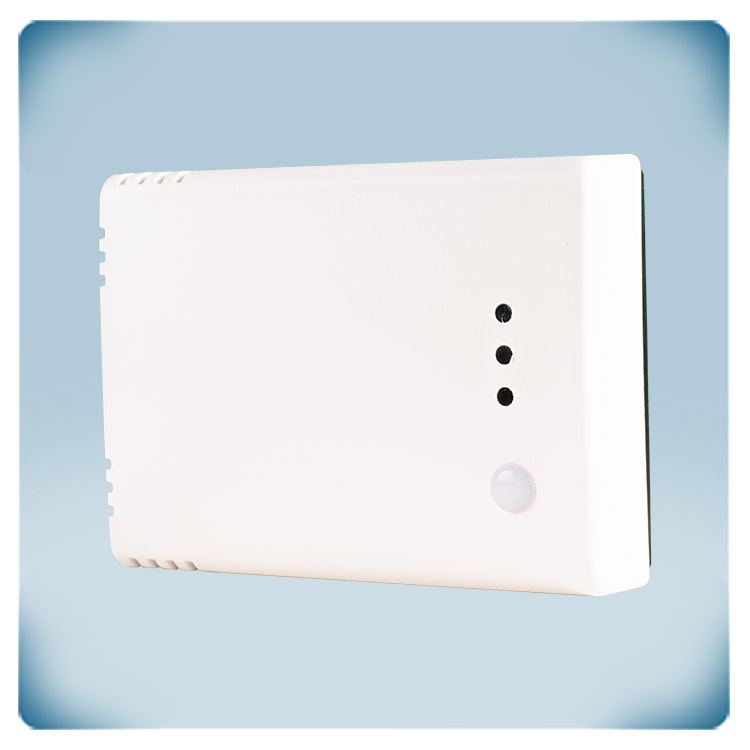
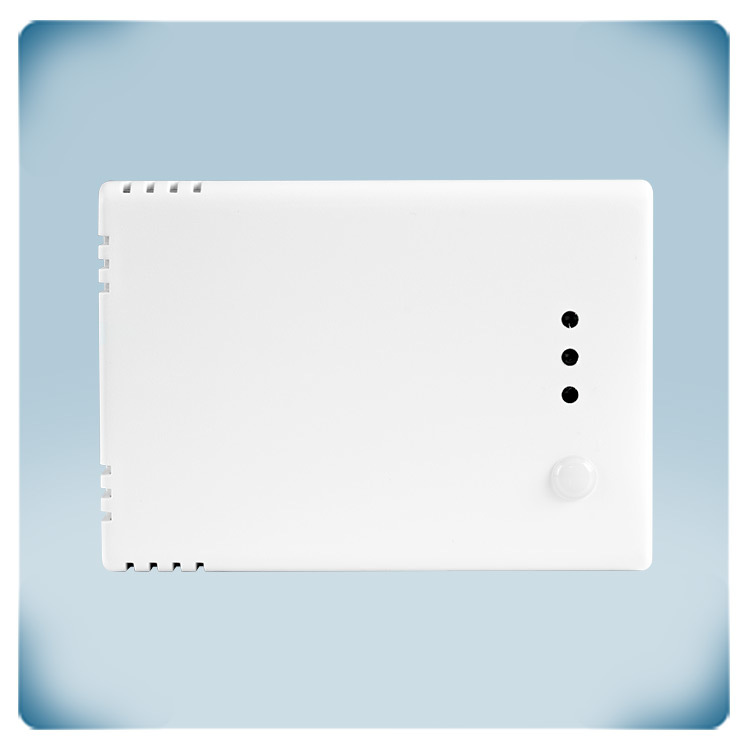
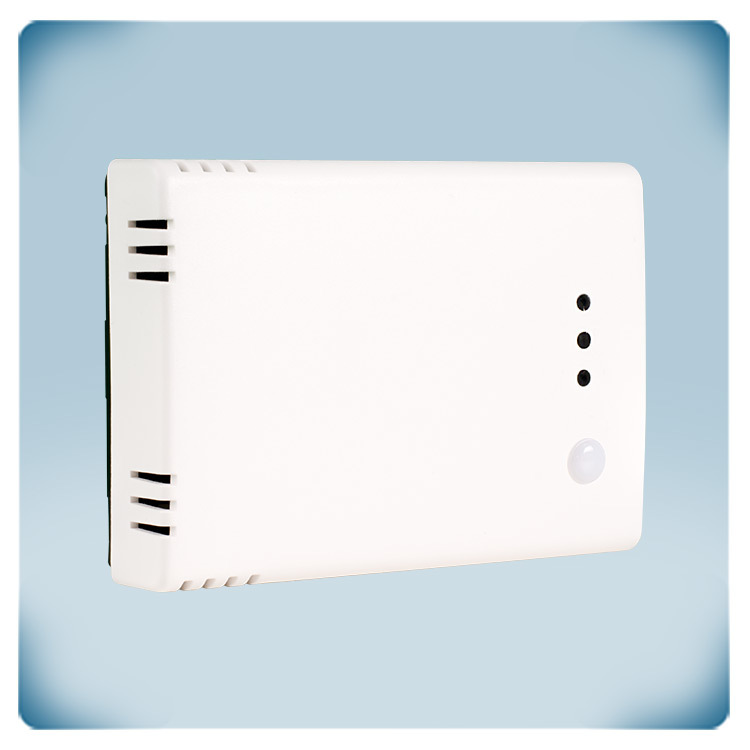
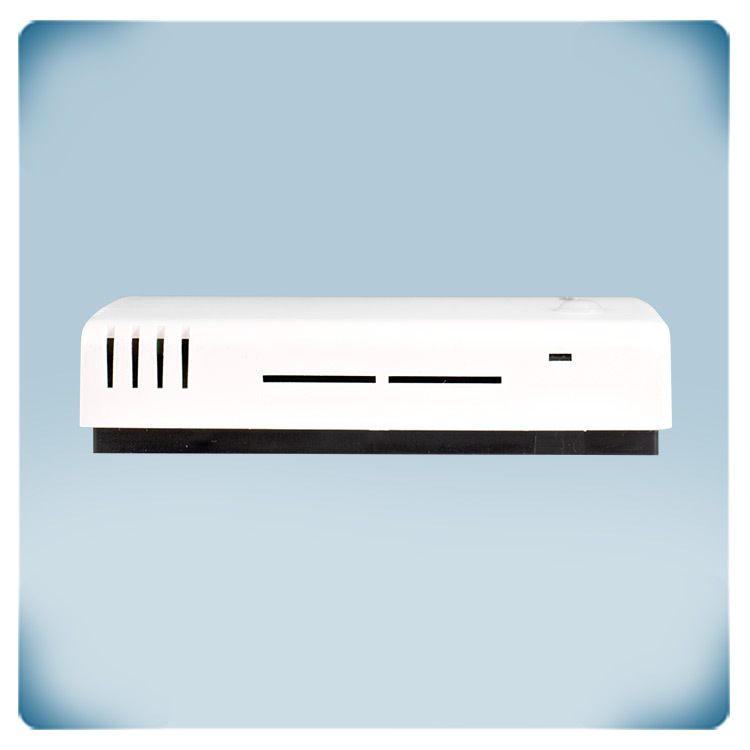
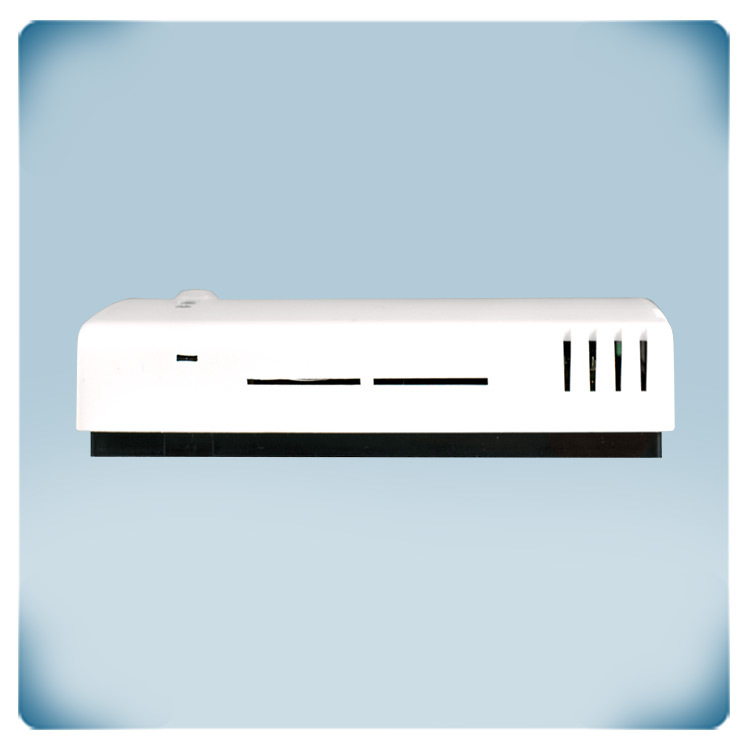
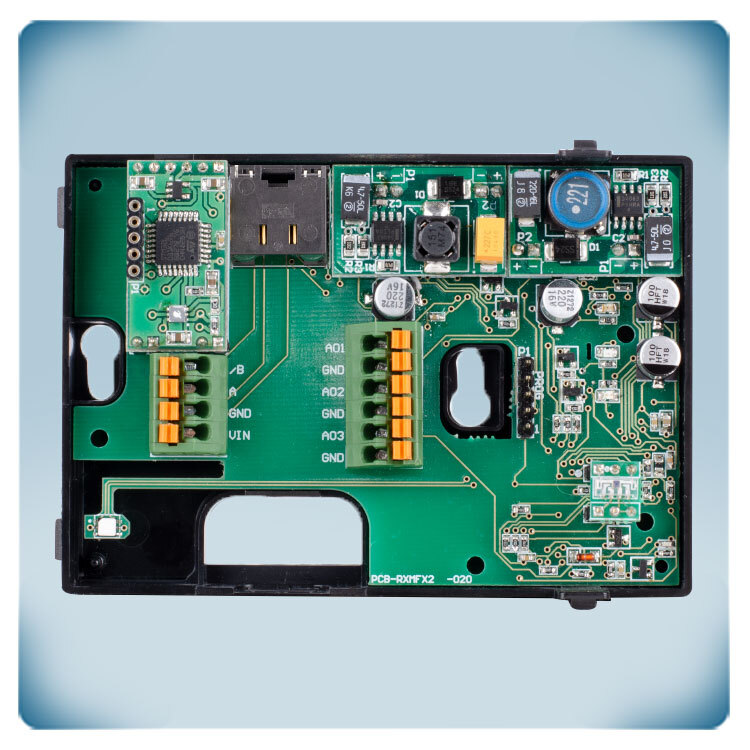
.webp)
.webp)
.webp)
.webp)
.webp)
.webp)
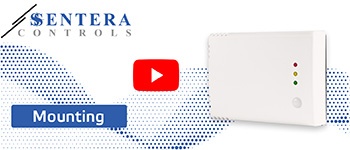
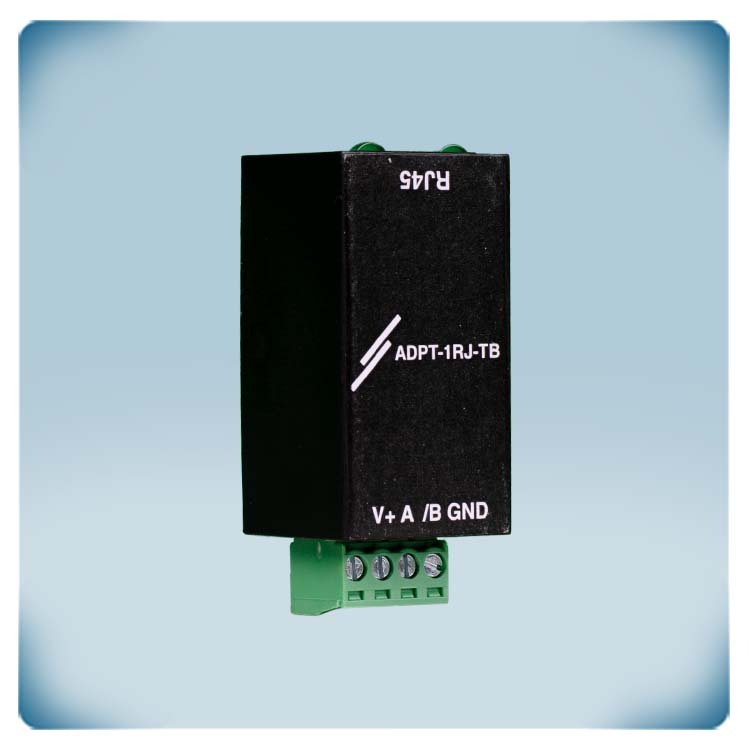
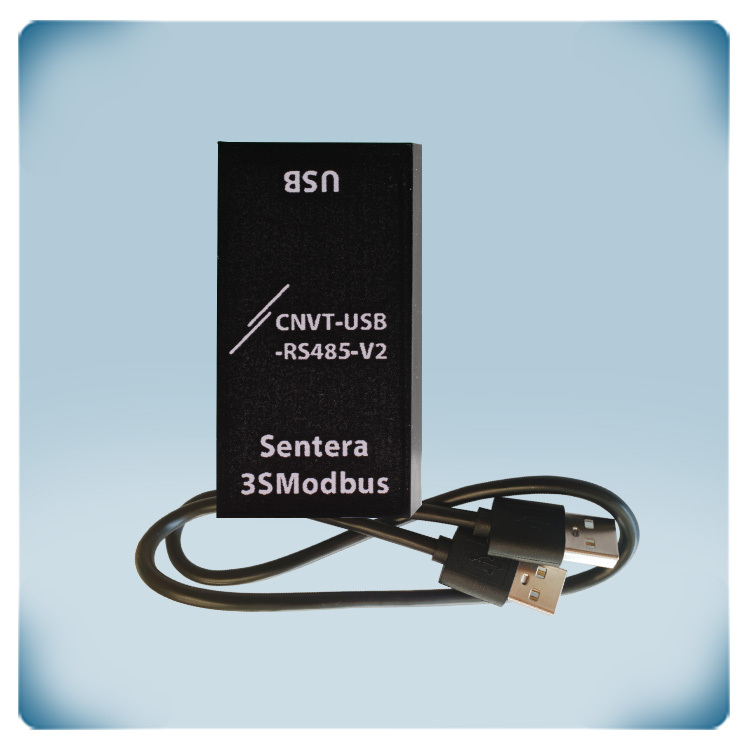
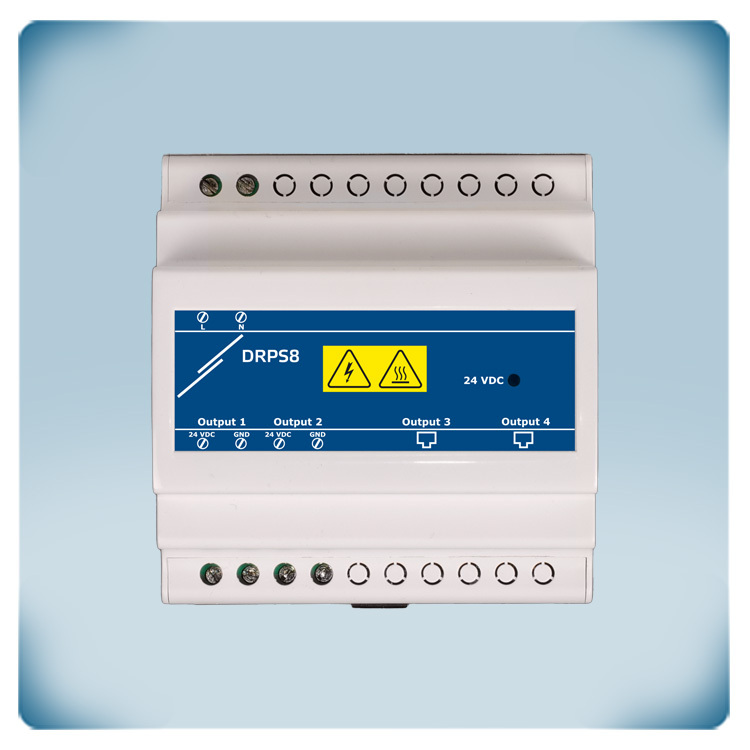

Remarks, reviews & ratings